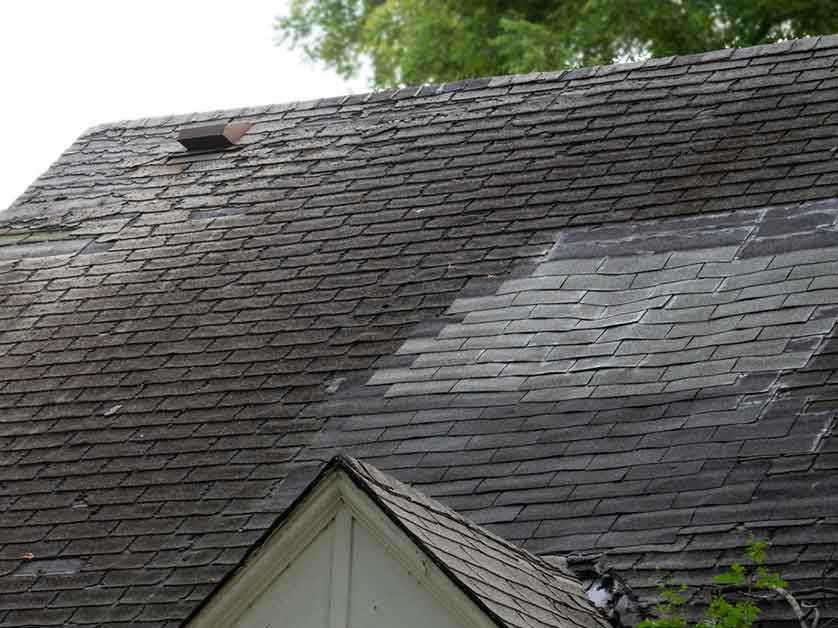The performance and longevity of roofing systems are significantly influenced by local weather conditions, especially humidity. In areas where the weather can vary from dry heat in the summer to cold, snowy winters, understanding the effects of humidity on roofing systems is crucial for maintaining the integrity of your home or business.
Humidity and Shingle Roofing
One of the most common roofing materials used is asphalt shingles. These are popular due to their affordability, durability, and aesthetic appeal. However, in areas with high humidity, shingles can absorb moisture, leading to the growth of algae and mold. This affects the roof’s appearance and can also deteriorate the shingles over time. Furthermore, extreme temperature swings combined with humidity can cause shingles to expand and contract, potentially leading to cracking or curling.
The Impact on Metal Roofing
Metal roofing is becoming increasingly popular, thanks to its durability, longevity, and energy efficiency. When it comes to humidity, metal roofs offer superior resistance to moisture-related damage. Unlike other materials, metal does not absorb moisture, which minimizes the risk of mold and mildew growth. However, improper installation or failed sealants in humid conditions can lead to condensation under the metal panels, potentially damaging the roof structure or interior of the building.
Tile Roofing: A Humidity-Resistant Option
Tile roofs, known for their aesthetic appeal and durability, perform exceedingly well under high humidity conditions. Materials like clay or concrete do not deteriorate with moisture exposure, making them ideal for humid climates. Additionally, the natural thermal resistance of tile can help in maintaining comfortable indoor temperatures in your home, even during the warm, humid summer months.
The Unique Case of Flat Roofing
Flat roofing systems are often selected for commercial buildings but can also be found in modern residential designs. These roofs have their unique challenges in humid conditions, primarily due to water drainage issues. Pooling water from heavy rain or melting snow can lead to significant problems if not properly managed. Ensuring that flat roofs have adequate drainage and are inspected regularly for signs of standing water is critical in humid environments.
Solar Shingles and Humidity
Innovations in roofing materials, such as solar shingles, are providing residents with ways to harness clean energy while protecting their homes. Solar shingles, when properly installed, are designed to withstand various weather conditions, including humidity. It’s essential to work with a skilled installer who understands the local climate and can ensure that moisture does not compromise the roof’s integrity or the efficiency of the solar panels.
Regular Roof Inspections: A Must for Humidity Management
To counteract the adverse effects of humidity on roofing systems, regular inspections are invaluable. These inspections can catch early signs of moisture damage, ensuring that minor issues are addressed before they become major problems. For residents, taking a proactive approach to roof maintenance can extend the life of your roofing system and protect your home investment.
Residents must understand how humidity impacts different roofing systems. By selecting the appropriate materials and ensuring regular maintenance, homeowners can mitigate the adverse effects of humidity, ensuring their roofs remain in optimal condition for years to come.
If your roofing system requires inspection, repair, or replacement, do not hesitate to contact Jack the Roofer. Our professional team is here to assist with all your roofing needs. Call us at (720) 807-4715, or fill out our convenient online form to get started. We serve Parker, CO, and the surrounding communities.

